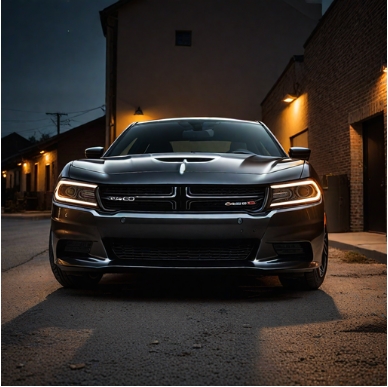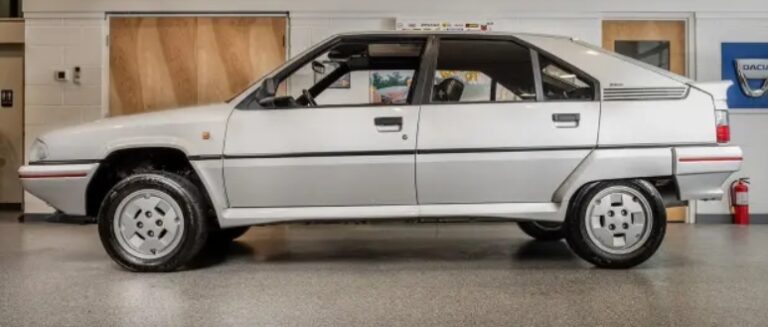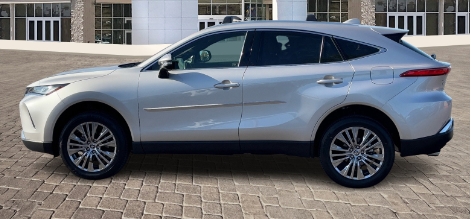The Evolution of the Mitsubishi Airtrek: A Detailed History
The Mitsubishi Airtrek is a significant model in Mitsubishi Motors’ lineup, representing the company’s early foray into the burgeoning SUV and electric vehicle markets. Introduced in 2001, the Airtrek marked Mitsubishi’s response to the rising popularity of compact SUVs and the nascent push toward electrification. Over the years, the Airtrek evolved through various generations, adapting to technological advances, consumer preferences, and environmental considerations.
First Generation Mitsubishi Airtrek (2001–2006)
Introduction and Launch
Mitsubishi launched the first-generation Airtrek in 2001 primarily for the Japanese domestic market (JDM). The vehicle was developed to combine the practicality of an SUV with the efficiency and agility suited for urban environments. The Airtrek was built on the Mitsubishi GS platform, sharing components with other Mitsubishi models like the Outlander.
Design and Features
The first-generation Airtrek featured a compact, rugged SUV design with a high driving position, ample ground clearance, and a versatile interior. It was available with 2WD and 4WD options, accommodating different driving preferences and conditions.
Engine Options and Trim Levels
The initial model lineup included:
- Eclipse — The base trim, offering essential features suitable for daily commuting.
- X — Mid-level trim with additional comfort and convenience features.
- G — The top-tier trim, equipped with more advanced features, including upgraded interior materials and optional sunroof.
Powertrain options included:
- A 2.0-liter 4G63 inline-4 gasoline engine producing approximately 126 horsepower.
- A 2.4-liter 4G64 engine, offering slightly more power.
- An optional turbocharged version of the 4G63 engine, delivering increased performance.
Transmission and Drivetrain
The Airtrek was offered with a 4-speed automatic transmission, with some versions featuring a 5-speed manual. The 4WD system was part-time, allowing drivers to switch between 2WD and 4WD modes.
Market and Reception
The Airtrek was primarily aimed at Japanese consumers looking for a versatile compact SUV. It was appreciated for its reliability and versatility but faced stiff competition from other Japanese SUVs like the Subaru Forester and Honda HR-V.
Second Generation Mitsubishi Airtrek (2006–2010)
Design and Platform
In 2006, Mitsubishi introduced the second-generation Airtrek, which was based on a more modern platform and featured a more aerodynamic design. It was still confined largely to the Japanese market but saw an increase in comfort and technology.
Powertrain and Trims
The second-generation Airtrek continued with gasoline engines but introduced new options:
- A 2.0-liter 4B1 inline-4 engine, producing around 138 horsepower.
- A 2.4-liter 4G69 engine, offering increased torque and power.
Trim levels were expanded to include:
- M — Entry-level, with essential features.
- E — Mid-level, with added comfort features.
- G — Top trim, equipped with leather seats, sunroof, and advanced audio systems.
- Ralliart — A sportier variant with sport-tuned suspension, more aggressive styling, and increased performance.
Features and Technologies
This generation introduced features such as:
- Stability control and anti-lock braking systems (ABS).
- Improved interior ergonomics.
- Optional navigation systems and premium audio.
Notable Variants
The Ralliart version was notable for its enhanced performance, including sportier suspension and styling cues aimed at younger, more performance-oriented buyers.
Third Generation Mitsubishi Airtrek (2010–2019)
Transition to Electric and Hybrid Models
The third-generation Airtrek marked a significant shift. Launched in 2019, it was designed explicitly as an electric vehicle (EV), reflecting Mitsubishi’s strategic move into electrification.
Design and Platform
The third-generation Airtrek was built on the new CMF-EV platform developed in partnership with Renault-Nissan Alliance. Its design features a sleek, modern aesthetic aligned with contemporary EVs, with aerodynamic lines and a futuristic front grille.
Powertrain and Trim Levels
This iteration exclusively offered electric powertrains:
- Standard Model (Mid-range) — Equipped with a 63 kWh battery, producing approximately 260 horsepower and 390 Nm torque, offering a range of about 400 km (WLTP).
- GT Model (High-end) — Featuring a larger 87 kWh battery, delivering up to 600 km of range, with performance enhancements like sport-tuned suspension and advanced driver-assistance features.
Trim levels included:
- Standard — Basic features such as LED lighting, standard infotainment, and cloth seats.
- G — Enhanced with leather upholstery, upgraded audio, and additional safety features.
- G Plus — Top-tier trim with optional panoramic sunroof, premium audio, and advanced driver-assistance systems.
Features and Technologies
The third-generation Airtrek was equipped with:
- Advanced driver-assistance systems (ADAS) including adaptive cruise control, lane departure warning, and autonomous emergency braking.
- Fast-charging capabilities, enabling 80% charge in approximately 30 minutes.
- Connected car features such as remote monitoring and navigation.
Market and Reception
The electric Airtrek was well received in Japan and China, where Mitsubishi capitalized on the EV trend. It was praised for its range, modern design, and technological features, positioning Mitsubishi as a key player in the compact EV segment.
Special Editions and Limited Models
Throughout its production, the Airtrek saw several special editions:
- Ralliart Version (2006–2010): As previously mentioned, this sporty variant featured performance upgrades and sporty styling cues.
- G-Wagon Special Edition (2010): Limited release with unique styling elements and additional comfort features.
- Electric Airtrek Editions (2019 onward): Various regional editions emphasizing luxury, technology, and performance.
.
Many car aficionados have multiple hobbies, like boating as well as auto stuff. Those who don’t already own a boat (and even some that do), may have thought about building their own boats. It’s really not as hard as you’d think. Just take a look at these easy boat building plans!

.
Summary of Production Timeline
| Generation | Years Produced | Notable Models & Trims | Key Features |
|---|---|---|---|
| 1st Gen | 2001–2006 | Eclipse, X, G, Turbo | Gasoline engines, 4WD options, basic trims |
| 2nd Gen | 2006–2010 | M, E, G, Ralliart | Enhanced tech, sport variants, improved safety |
| 3rd Gen | 2019–Present | Standard, G, G Plus | Fully electric, high range, advanced tech |
Conclusion
The Mitsubishi Airtrek’s evolution showcases the company’s response to changing automotive landscapes—from a practical, compact SUV to a technologically advanced electric vehicle. Its first two generations focused on gasoline-powered versatility and sporty variants, while the latest iteration emphasizes sustainability, connectivity, and innovation.
As Mitsubishi continues to develop its EV lineup, the Airtrek’s legacy as an early adopter of electric mobility remains significant. It reflects Mitsubishi’s commitment to adapting to future transportation needs while maintaining its core principles of reliability and versatility.







